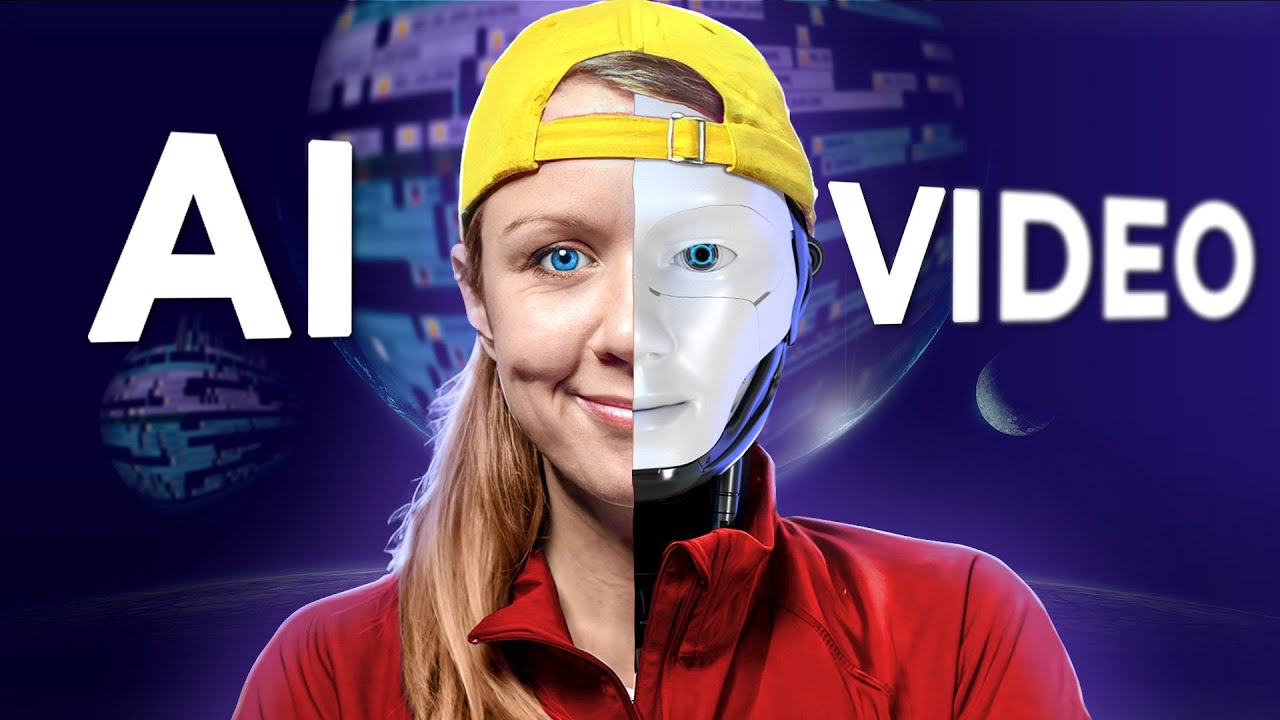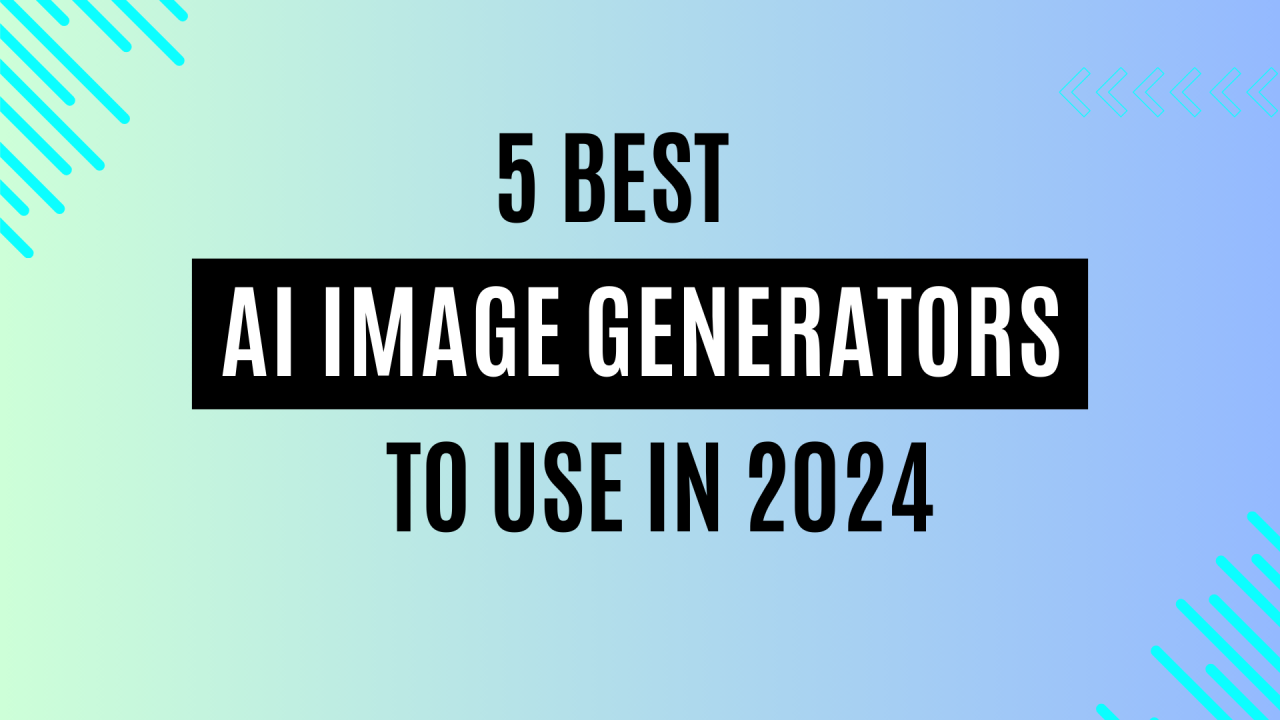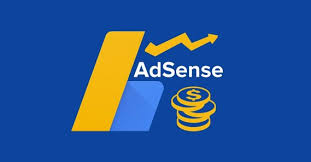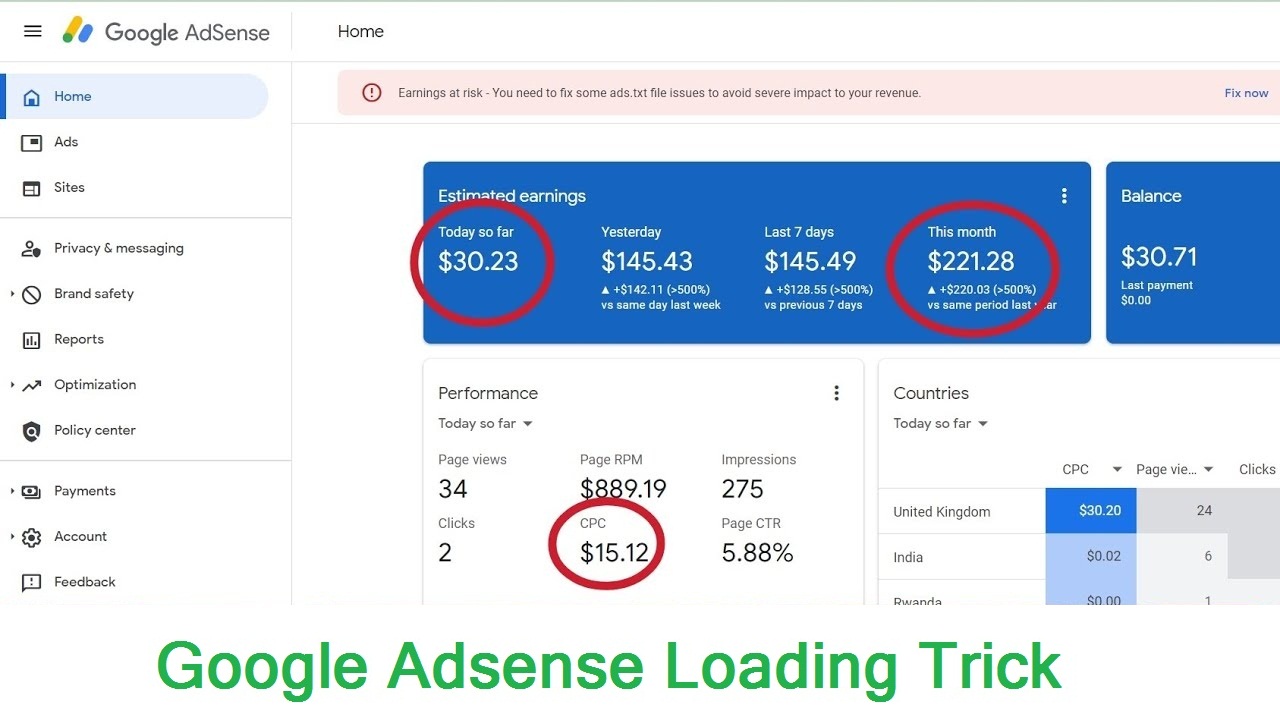In 2025, AI-powered photo editing tools have become more advanced and accessible, offering users the ability to enhance, retouch, and transform images with minimal effort. These tools are perfect for photographers, designers, social media enthusiasts, and businesses looking to create stunning visuals without the need for expensive software or professional skills. Below, we’ll explore the top free AI photo editors in 2025, their features, and how they can help you elevate your images.
Top Free AI Photo Editors in 2025
1. Canva (AI Photo Editor)
- Overview: Canva remains a favorite in 2025, offering a free AI-powered photo editor that’s perfect for quick edits and enhancements. Its user-friendly interface makes it ideal for beginners and professionals alike.
- Key Features:
- AI Enhance: Automatically adjust brightness, contrast, and saturation.
- Background Remover: Instantly remove or replace backgrounds.
- Filters and Effects: Apply AI-generated filters and effects.
- Text and Overlays: Add text, stickers, and graphics to images.
- Free Plan Limitations:
- Limited access to premium templates and assets.
- Watermark on exported images (removable with Pro subscription).
- Best For: Social media enthusiasts, bloggers, and small businesses.
2. Fotor (Free AI Photo Editor)
- Overview: Fotor’s free AI photo editor has become a go-to tool for quick and professional-quality edits. It offers a wide range of AI-powered features for enhancing and retouching images.
- Key Features:
- AI Enhance: One-click enhancement for photos.
- Retouching Tools: Remove blemishes, wrinkles, and imperfections.
- Background Changer: Replace or blur backgrounds with AI.
- Collage Maker: Create photo collages with AI-generated layouts.
- Free Plan Limitations:
- Limited exports per month.
- Watermark on free plan images.
- Best For: Photographers, designers, and social media users.
3. Pixlr (Free AI Photo Editor)
- Overview: Pixlr’s free AI photo editor is known for its powerful editing tools and ease of use. It’s perfect for both quick edits and advanced photo manipulation.
- Key Features:
- AI Enhance: Automatically improve image quality.
- Auto Fix: Adjust lighting, color, and sharpness with one click.
- AI Cutout: Remove backgrounds and isolate subjects.
- Filters and Effects: Apply AI-generated filters and effects.
- Free Plan Limitations:
- Limited access to premium features.
- Ads in the free version.
- Best For: Designers, marketers, and casual users.
4. PhotoScape X (Free AI Photo Editor)
- Overview: PhotoScape X has evolved to include AI-powered editing tools, making it a versatile choice for photo editing in 2025. It’s available as a free desktop application.
- Key Features:
- AI Enhance: Automatically adjust image settings.
- Batch Editing: Edit multiple photos at once with AI.
- Filters and Effects: Apply AI-generated filters and effects.
- Collage Maker: Create photo collages with AI-generated layouts.
- Free Plan Limitations:
- Limited access to premium features.
- Watermark on exported images.
- Best For: Photographers and designers needing advanced editing tools.
5. Luminar Neo (Free Trial)
- Overview: Luminar Neo offers a free trial of its AI-powered photo editor, which is known for its advanced editing capabilities. It’s perfect for professional photographers and designers.
- Key Features:
- AI Enhance: Automatically improve image quality.
- Sky Replacement: Replace skies with AI-generated options.
- Portrait Enhancer: Retouch portraits with AI-powered tools.
- Filters and Effects: Apply AI-generated filters and effects.
- Free Plan Limitations:
- Limited to a free trial period.
- Watermark on exported images.
- Best For: Professional photographers and designers.
Honorable Mentions
While the above tools are the top free AI photo editors in 2025, here are a few other platforms worth considering:
1. Snapseed (by Google)
- Snapseed remains a popular free photo editor with AI-powered tools for enhancing and retouching images. It’s available as a mobile app.
2. BeFunky
- BeFunky offers a free AI photo editor with tools for enhancing, retouching, and adding effects to images. It’s great for casual users and social media enthusiasts.
3. Adobe Photoshop Express
- Adobe Photoshop Express provides a free version of its AI-powered photo editor, offering basic editing tools and filters. It’s available as a mobile app.
How to Choose the Right AI Photo Editor
When selecting an AI photo editor, consider the following factors:
1. Purpose of Editing
- Are you editing photos for social media, professional projects, or personal use? Choose a tool that aligns with your goals.
2. Ease of Use
- If you’re a beginner, opt for a tool with a user-friendly interface and one-click enhancements.
3. Customization Options
- Look for tools that allow you to manually adjust settings and apply custom effects.
4. Export Options
- Check the export options, such as resolution and file formats, to ensure they meet your needs.
5. Free Plan Limitations
- Be aware of the limitations of the free plan, such as watermarks, ads, and access to premium features.
The Future of AI Photo Editing
As AI technology continues to evolve, we can expect even more advanced features in photo editing tools, such as:
- Hyper-Realistic Edits: AI-generated edits that look like they were done by a professional.
- Enhanced Personalization: Tools that create edits tailored to individual preferences.
- Integration with Other Platforms: Seamless integration with social media, cloud storage, and design tools.
- Real-Time Editing: Instant edits with minimal input.
Conclusion
AI photo editors have revolutionized the way we edit and enhance images, making it faster, easier, and more accessible than ever before. In 2025, free tools like Canva, Fotor, and Pixlr are leading the charge, offering powerful features for creating stunning visuals. Whether you’re a photographer, designer, or social media enthusiast, these tools can help you elevate your images and create professional-quality content.
By choosing the right AI photo editor, you can unlock new possibilities for creativity and visual storytelling. Embrace these tools today and stay ahead in the dynamic world of digital content creation.










